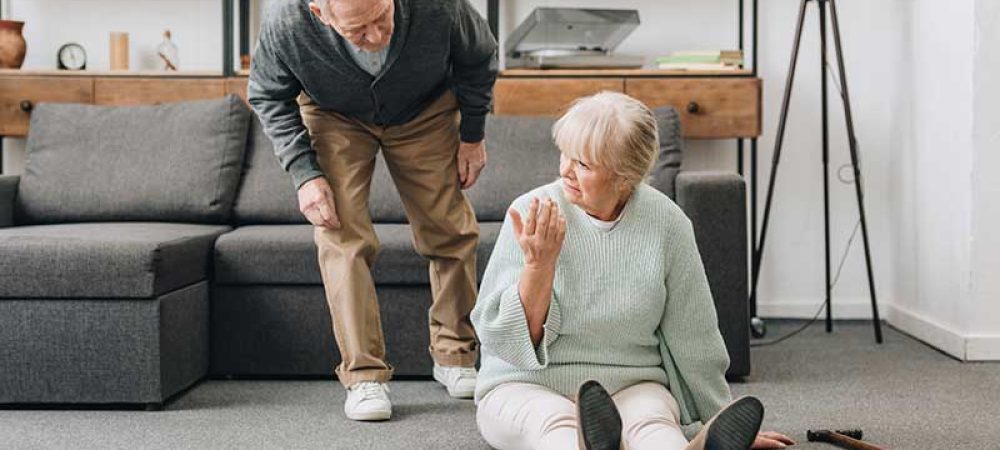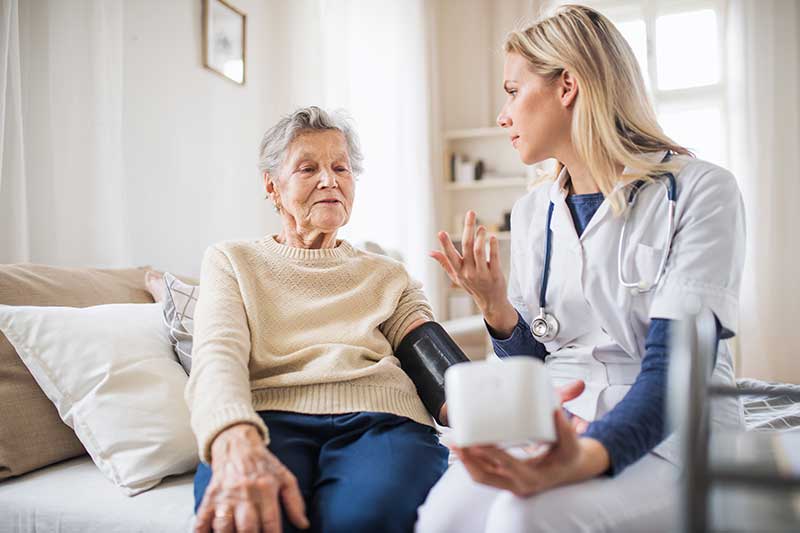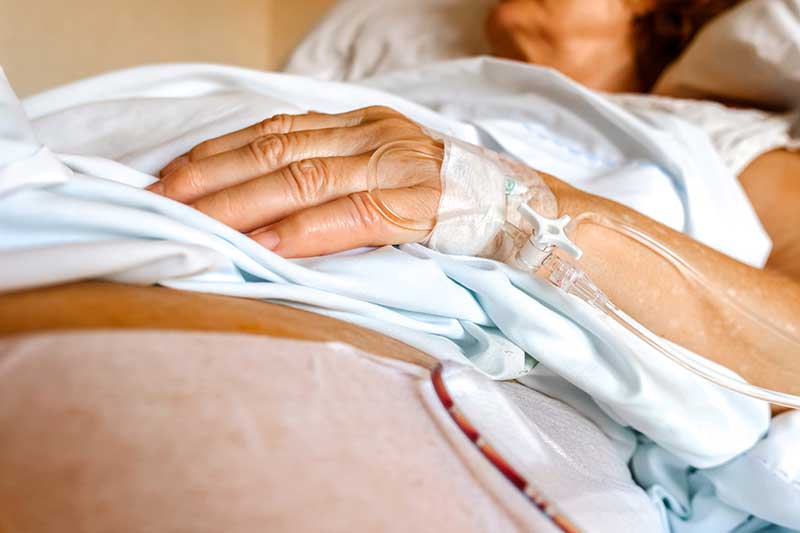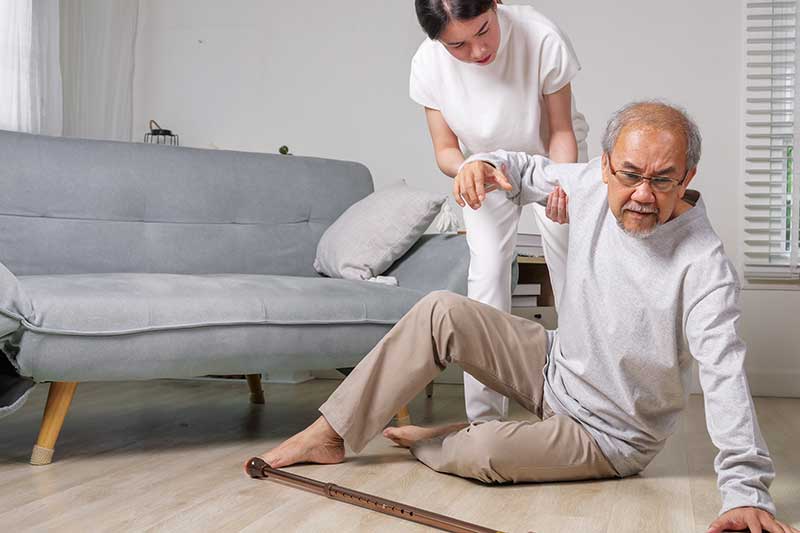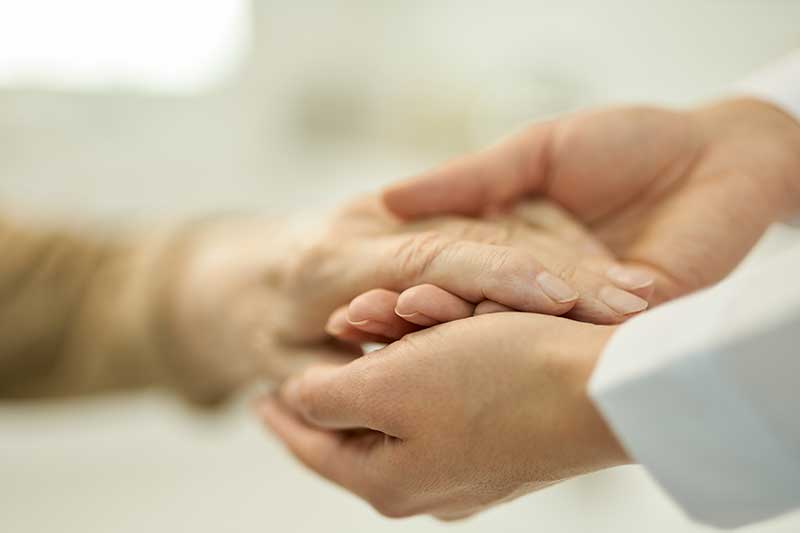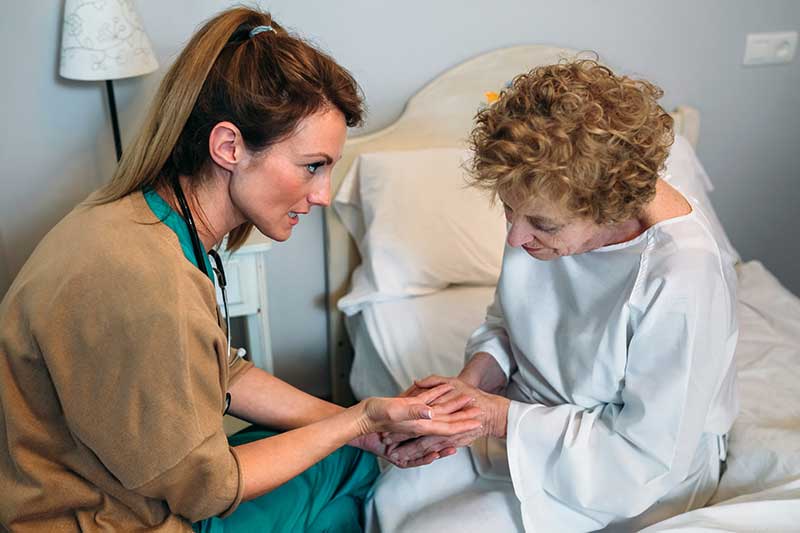Falls are the biggest cause of injury among seniors, frequently resulting to a loss of independence and quality of life. Furthermore, the risk of falls is inextricably connected to bone health; weakening bones can result in more serious injuries during a fall, such as fractures. Understanding and executing fall prevention and bone health maintenance techniques are critical steps toward making seniors’ lives safer and healthier.
Understanding the Risk
As we age, our bones gradually lose density and strength, a condition known as osteoporosis, which makes them more prone to fracture. Other age-related issues, such as decreased muscle strength, diminished vision, and slower reflexes, increase the chance of falling. Recognizing these hazards is the first step toward prevention.
Strengthening Exercises
Strength and resistance training are essential for preserving muscle mass and bone density. Leg lifts, partial squats, and mild weightlifting are exercises that not only strengthen muscles but also improve bone health. Regular participation in these activities can considerably minimize the likelihood of falls and fractures.
Balance Exercises
Improving balance is another helpful approach for avoiding falls. Tai chi, yoga, and basic exercises such as standing on one foot or walking heel-to-toe can help improve coordination and stability. These exercises, when done consistently, can dramatically improve balance, lowering the chance of falling.
Nutrition for Bone Health
Bone health requires a well-balanced diet rich in calcium and vitamin D. Calcium is abundant in dairy products, green leafy vegetables, fish, and fortified meals, whereas vitamin D is derived through sunlight exposure and dietary sources such as fatty fish and egg yolks. Supplements may also be considered, with the advice of a healthcare practitioner, to ensure proper intake.
Environmental Modifications
Simple changes to the living environment can significantly minimize fall hazards. Removing tripping hazards, providing adequate lighting, adding grab bars in restrooms, and using non-slip mats can all help make a house considerably safer for elders.
Regular Health Checkups
Regular check-ups can help discover health issues that increase the risk of falling, such as vision impairments, drug side effects, or balance-related illnesses. Taking care of these concerns right now will help you avoid falling.
Education and Awareness
Awareness of fall prevention strategies and bone health is essential. Seniors and their caregivers should be taught on the risks and preventative measures to ensure that these practices are implemented in everyday life.
Preventing falls and maintaining bone health are critical components of senior care that necessitate a multifaceted approach that includes exercise, nutrition, environmental changes, and frequent health checks. Seniors who apply these methods can greatly reduce their risk of falls and related injuries, resulting in a more active, independent, and meaningful life. Remember that it is never too late to start; even tiny adjustments can have a significant impact on your health and safety.

